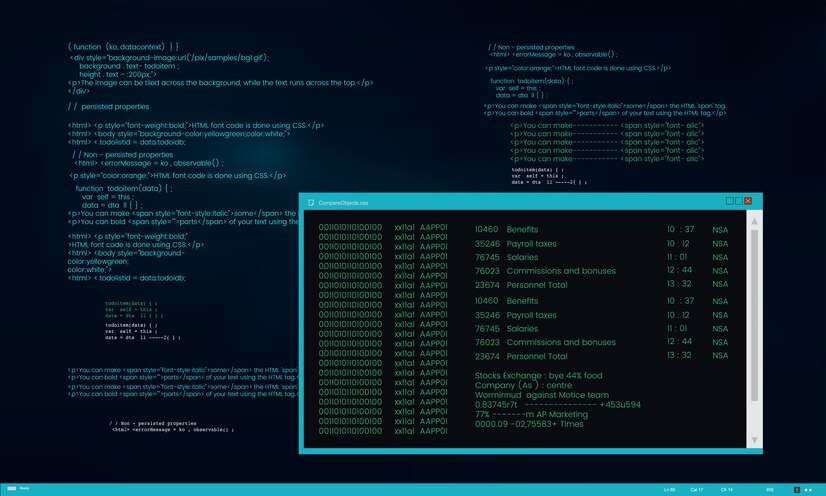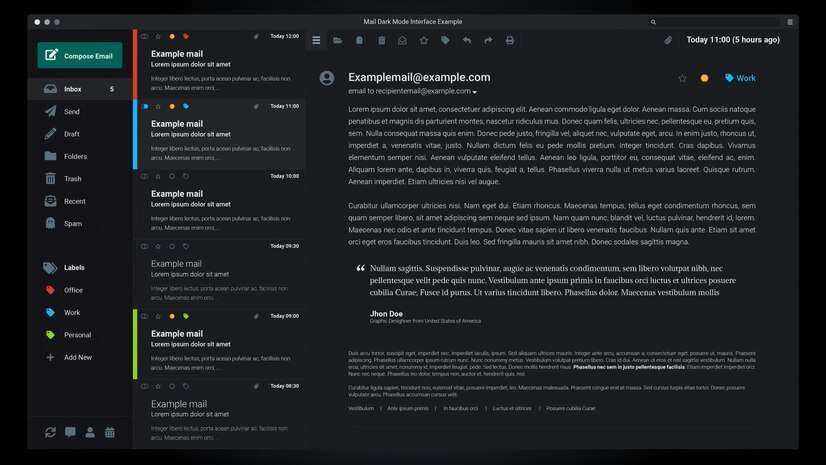In the domain of bioinformatics, especially while managing hereditary information, the capacity to change over between various document designs is pivotal. One such usually required transformation is from the VCF (Variation Call Arrangement) to the PED (Family) design, particularly while working with non-human species. This guide will dive into the particulars of switching PLINK VCF to PED non-human information, giving a definite, bit by bit way to deal with guarantee exactness and effectiveness in your bioinformatics work processes.
Understanding VCF and PED Formats

The Role of VCF in Genetic Data Analysis
The Variation Call Organization (VCF) is a normalized text record design used to store data about hereditary variations, like single nucleotide polymorphisms (SNPs), inclusions, cancellations, and underlying variations. It is generally utilized in both human and non-human hereditary examinations because of its adaptability and the lavishness of data it can store. VCF records remember metadata about the variation’s area for the genome, the reference and substitute alleles, and genotype data across numerous examples.
What is the PED Format?
The PED design is a plain text design that is essential for the PLINK programming toolbox. PLINK VCF to PED non-human is a generally utilized open-source instrument intended for entire genome affiliation and populace based linkage examinations. The PED record contains fundamental data like individual IDs, family IDs, parental IDs, sex, aggregates, and genotype information. It is normally matched with a Guide document, which contains data about the hereditary markers.
Challenges in Converting VCF to PED for Non-Human Species
Species-Specific Considerations
When working with non-human species, converting VCF to PED can be more complex than for human data. PLINK VCF to PED non-human genomes often have different structures, such as varying chromosome numbers and naming conventions, which can complicate the conversion process. Additionally, the genetic diversity within non-human species can be broader, requiring more careful consideration during conversion.
Tool Compatibility Issues
Most bioinformatics apparatuses, including PLINK VCF to PED non-human, are upgraded for human hereditary information. Thus, involving them for non-human species could require extra changes or custom contents to deal with the specificities of the species being referred to. Guaranteeing similarity between the VCF information and the PED design is fundamental for exact downstream examinations.
Step-by-Step Guide to Converting PLINK VCF to PED for Non-Human Species
1. Pre-conversion Data Preparation
Prior to starting the change, it is urgent to guarantee that your VCF document is accurately arranged and contains all essential data. This incorporates checking that the reference genome utilized in the VCF document matches the species you are examining. Additionally, check for any missing data or inconsistencies that could affect the conversion process.
2. Running the Basic PLINK Conversion Command
PLINK VCF to PED non-human provides a straightforward command for converting VCF files to PED format. The basic syntax is as follows:
bashplink --vcf input_file.vcf --recode --out output_fileThis order will create a PED document (output_file.ped) and a Guide record (output_file.map) from your VCF document. Be that as it may, this essential order may not be adequate for non-human information, and extra advances might be required.
3. Adjusting for Non-Human Data Specifics

Reference Genome Alignment
Ensure that the reference genome specified in your VCF file aligns with the non-human species you are working with. If necessary, use genome editing tools like bcftools or SnpEff to make adjustments. This step is crucial to avoid mismatches that could lead to incorrect genotype representations in the PED file.
Chromosome Naming Conventions
Non-human species frequently have different chromosome naming shows contrasted with people (e.g., “1,” “2,” “X” in people may be “Chr01,” “Chr02,” “ChrZ” in birds). You might have to rename the chromosomes in your VCF record to match the normal configuration in PLINK.
bashbcftools annotate --rename-chrs chr_names.txt input_file.vcf > renamed_file.vcfHandling Polyploidy
If you are working with a polyploid species (e.g., many plants), additional considerations are necessary. PLINK VCF to PED non-human is primarily designed for diploid data, so you may need to use other tools or custom scripts to handle polyploidy correctly before converting to PED format.
4. Post-conversion Quality Control
In the wake of changing over the VCF record to PED design, it is fundamental to perform quality control checks. This guarantees that the information has been precisely changed over and is prepared for downstream investigation.
Checking for Missing Data
Use PLINK’s built-in functions to check for missing genotype data:
bashplink --file output_file --missingThis will generate a report on missing data, allowing you to address any gaps before proceeding with your analyses.
Validating Pedigree Information
Guarantee that the family data in the PED record is precise and mirrors the populace design of the PLINK VCF to PED non-human species. Any inconsistencies could influence the aftereffects of linkage or affiliation studies.
Reviewing Genotype Consistency
Manually inspect a subset of the genotype data to confirm that it has been accurately converted. This step is particularly important if your VCF file included complex variants or if you had to make significant adjustments during conversion.
5. Troubleshooting Common Issues
Switching VCF over completely to PLINK VCF to PED non-human species isn’t generally clear, and you might experience a few issues. Here are some common problems and solutions:
PLINK Error Messages
If PLINK VCF to PED non-human returns an error during conversion, carefully review the error message. Common issues include incompatible chromosome names or unexpected file formats. Refer to the PLINK documentation or relevant bioinformatics forums for troubleshooting tips.
Incorrect Genotype Data
Assuming the genotype information in the PED record seems erroneous, return to the VCF document and guarantee that it was accurately designed before transformation. It could be important to utilize extra bioinformatics apparatuses to preprocess the VCF document prior to running the PLINK VCF to PED non-human transformation.
Pedigree Errors
Family mistakes can fundamentally influence the consequences of hereditary investigations. Assuming you experience issues, twofold check the family data in your unique dataset and guarantee that it has been precisely converted into the PED document.
Advanced Techniques for Non-Human Data

Working with Large Genomes
Numerous non-human species, particularly plants and a few creatures, have enormous and complex genomes. While working with huge VCF documents, think about dividing the information into more modest lumps before transformation to try not to overpower your computational assets. PLINK VCF to PED non-human upholds equal handling, which can assist with accelerating the change interaction.
Incorporating Environmental Data
For natural and transformative examinations, joining hereditary information with ecological variables may be vital. After converting your PLINK VCF to PED non-human format, you can use statistical tools to integrate environmental data, allowing for a more comprehensive analysis.
Custom Scripting
In some cases, you may need to write custom scripts to handle specific challenges related to your non-human species. This could involve custom data formatting, error handling, or integrating additional datasets. Python and R are normally involved dialects for composing bioinformatics scripts.
Conclusion
Switching PLINK VCF to PED non-human information is a basic errand in bioinformatics, empowering scientists to play out many hereditary examinations. While the cycle can be trying because of the specificities of non-human species, following the means framed in this guide will assist with guaranteeing an effective change. By setting up your information cautiously, utilizing suitable instruments and boundaries, and leading intensive quality control checks, you can guarantee the exactness and dependability of your hereditary examinations.
Stay in touch to get more information on Tech Up Net! Thank you
